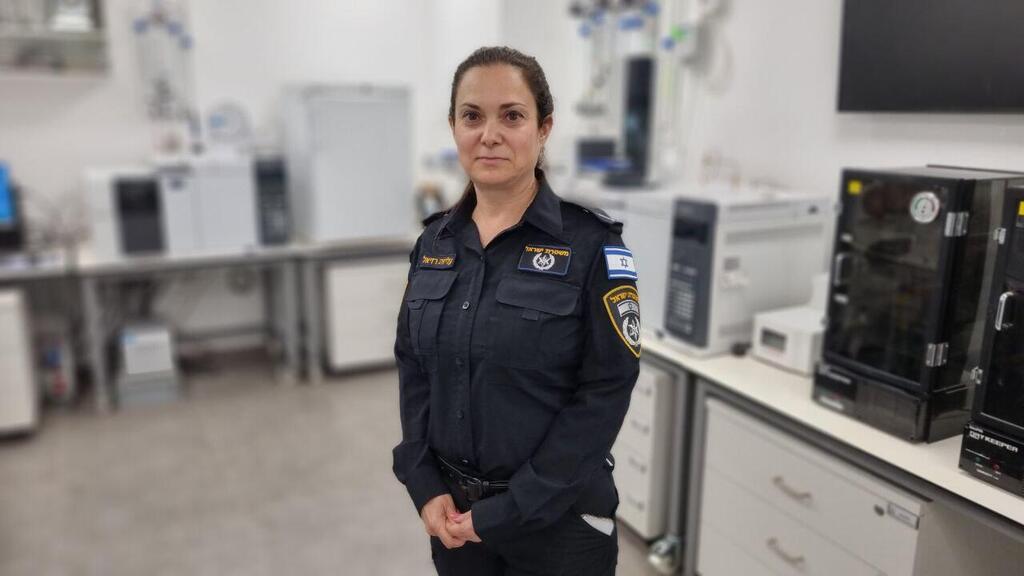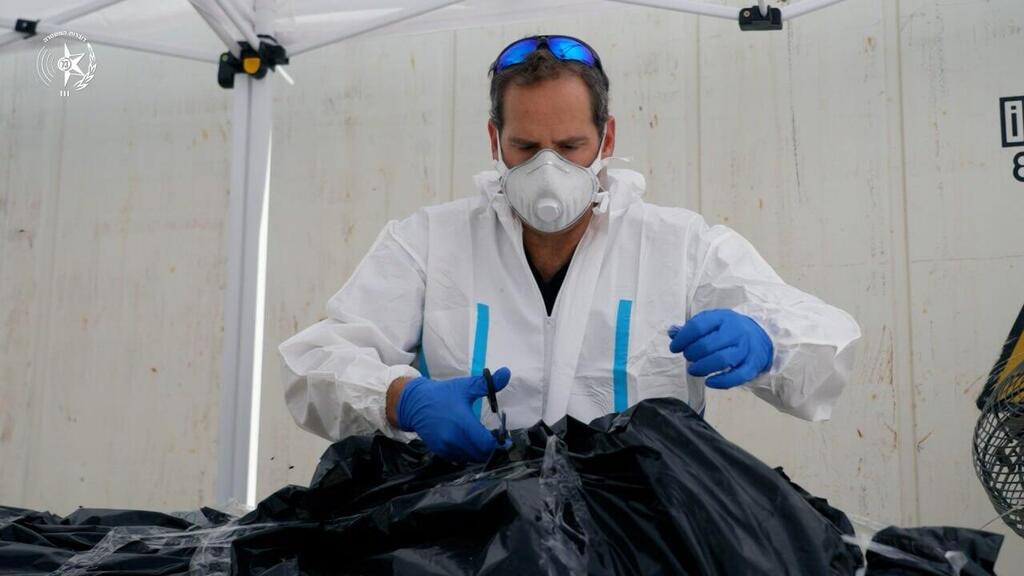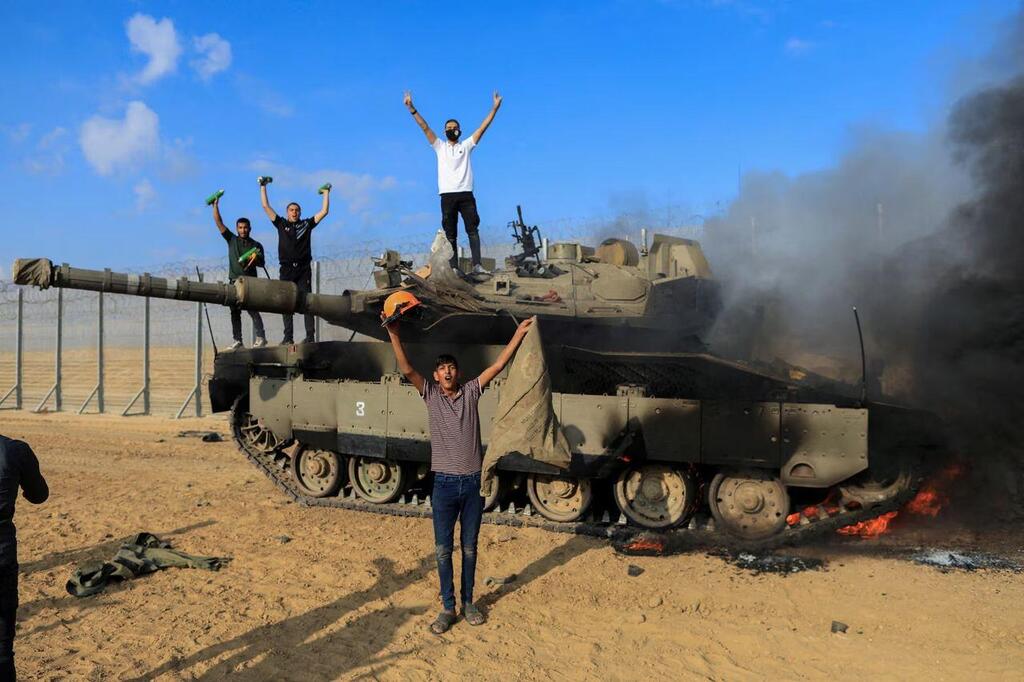Getting your Trinity Audio player ready...
In the forensic lab where we met Assistant Commissioner Aliza Raziel, head of the Forensic Identification Division in the Israel Police's Investigations and Intelligence Unit, fingerprint images flickered on the screens. The investigators, carefully selected for this demanding profession, analyze and produce reports that routinely land on courtroom desks.
After the October 7 terror attacks, 15 different labs in the division operated around the clock for days. With her characteristic humility and calm, Raziel consistently says "we" instead of "I" as she discusses the hundreds of division employees and forensic investigators who meticulously identified the victims, working in close cooperation with the IDF and the National Institute of Forensic Medicine.
"The investigators will never forget the smell at Shura Base, the cramped conditions, the heartbreak they felt there," Raziel shares in an interview with Ynet. "The lab staff remembers the names, they know the story, they recall who the family members are, what the victims wore and the tattoos they had. Some people even remember a specific fingerprint, DNA or a particular necklace."
The Israeli identification rate, nearing 100% and achieved in a relatively short time, is unprecedented in disasters or terror attacks of a similar scale. "The world looks at us in awe, wondering how we managed to do it so quickly and efficiently—how we tackled the mass identification of the October 7 massacre victims and met the challenge of precise identification with zero errors," she says. "The police is a learning organization, and we improved the process as we went. Now, countries around the world are learning from us."
"Something Israel had never faced before"
Like most Israelis, Assistant Commissioner Raziel was jolted awake by sirens on the morning of October 7. Police officers from the Southern District were among the first—sometimes the only ones—fighting bravely, even as the country's leadership and security forces did not yet have the full picture.
"By around noon, we started to grasp that this was an unprecedented event for the country," she recalls. "At first, we thought there were 20 injured and a similar number of dead. But as the numbers climbed into the hundreds and beyond, we realized we were dealing with something Israel had never faced before."
At that point, it became clear that a dedicated center for the collection of bodies was necessary. "It was immediately apparent that the National Institute of Forensic Medicine in Abu Kabir would be overwhelmed quickly, so we needed to centralize the effort elsewhere," Raziel explains.
"There were several options for where to bring the victims, but we ultimately decided on the Shura military base. In hindsight, that decision was crucial because we needed the IDF's infrastructure."
By midday, Raziel and her team, along with the head of the Investigations Unit, other police officials, and representatives from the IDF, health, interior and religious ministries, came together to plan the complex logistics of the operation.
'I’ve learned to protect my mental health'
But the game-changer, Raziel says, came from another source. "We Israelis are goal-oriented and focused, and on top of that, we’re Zionists. We don’t give up. Can’t get an ID from a fingerprint? Our lab scientists will try to extract it from the palm. We’re creative."
During the war, the forensic lab unit was reinforced with 50 additional professionals, working around the clock to examine items such as clothing fragments and personal belongings.
"All of our labs meet high international standards. Under normal conditions, the Forensic Identification Division provides lab services and also manages the Israel Police's criminal database. The national headquarters houses labs for DNA identification, digital evidence, firearms, drugs, documents, as well as various departments for polygraphs, investigative psychology and material analysis, all of which make the evidence 'speak.'"
In the early days of the war, Raziel recalls, "we operated on autopilot, working 24/7. At first, I was angry and grieving. Together with the Forensic Institute, we set a world record for victim identification, achieving a 98.5% success rate. I know that if, heaven forbid, there is another disaster, we will be prepared."
The emotional toll from the intense work and the horrific scenes they witnessed was significant. "We experienced immense pain, and part of my responsibility as division head was to ensure the well-being of my staff. We arranged resilience workshops, rest days, and meetings with mental health professionals. As for myself, I’ve learned to protect my own mental health. The sense of mission and the weight of the task give me and the team the resilience we need."





